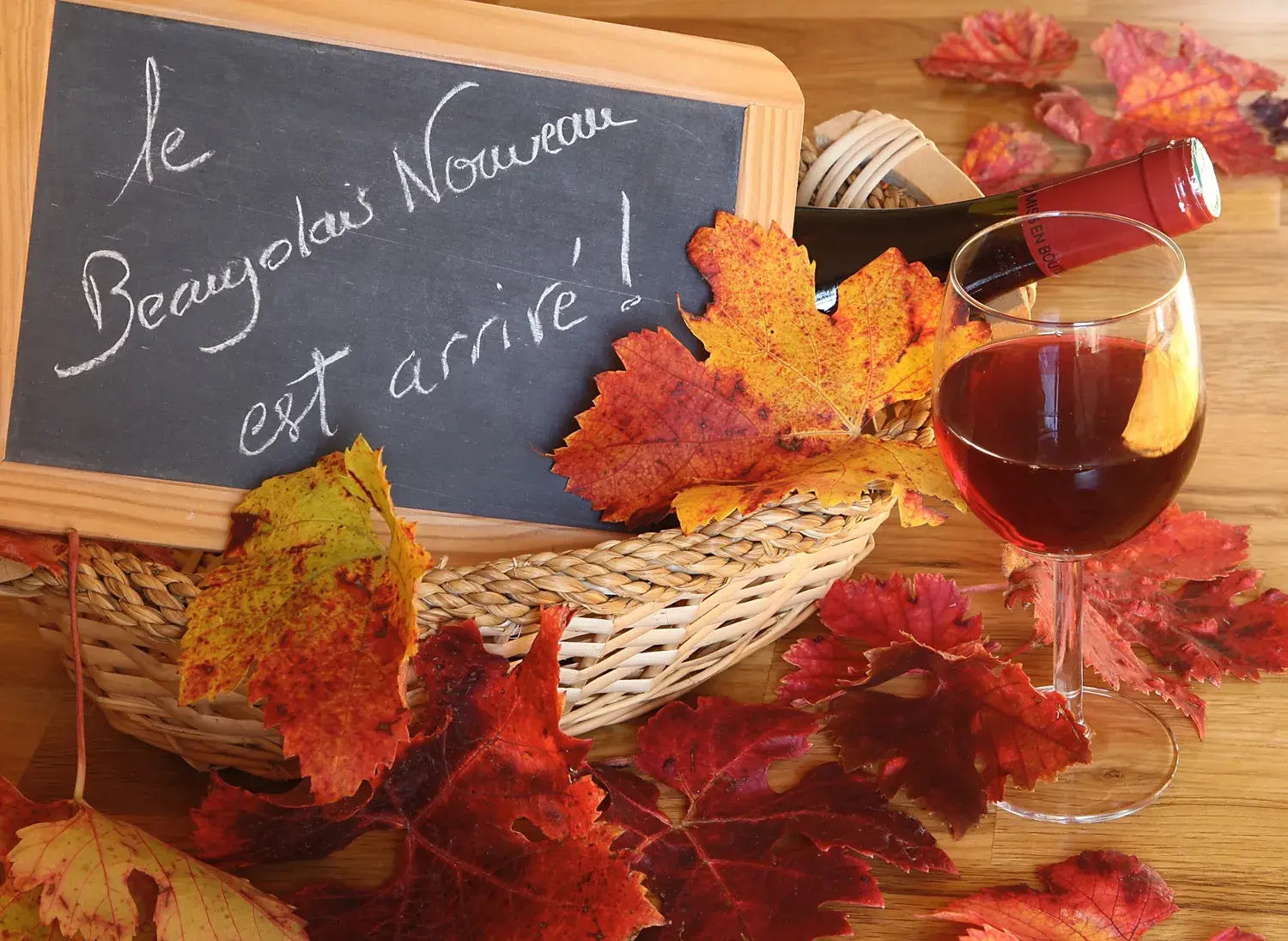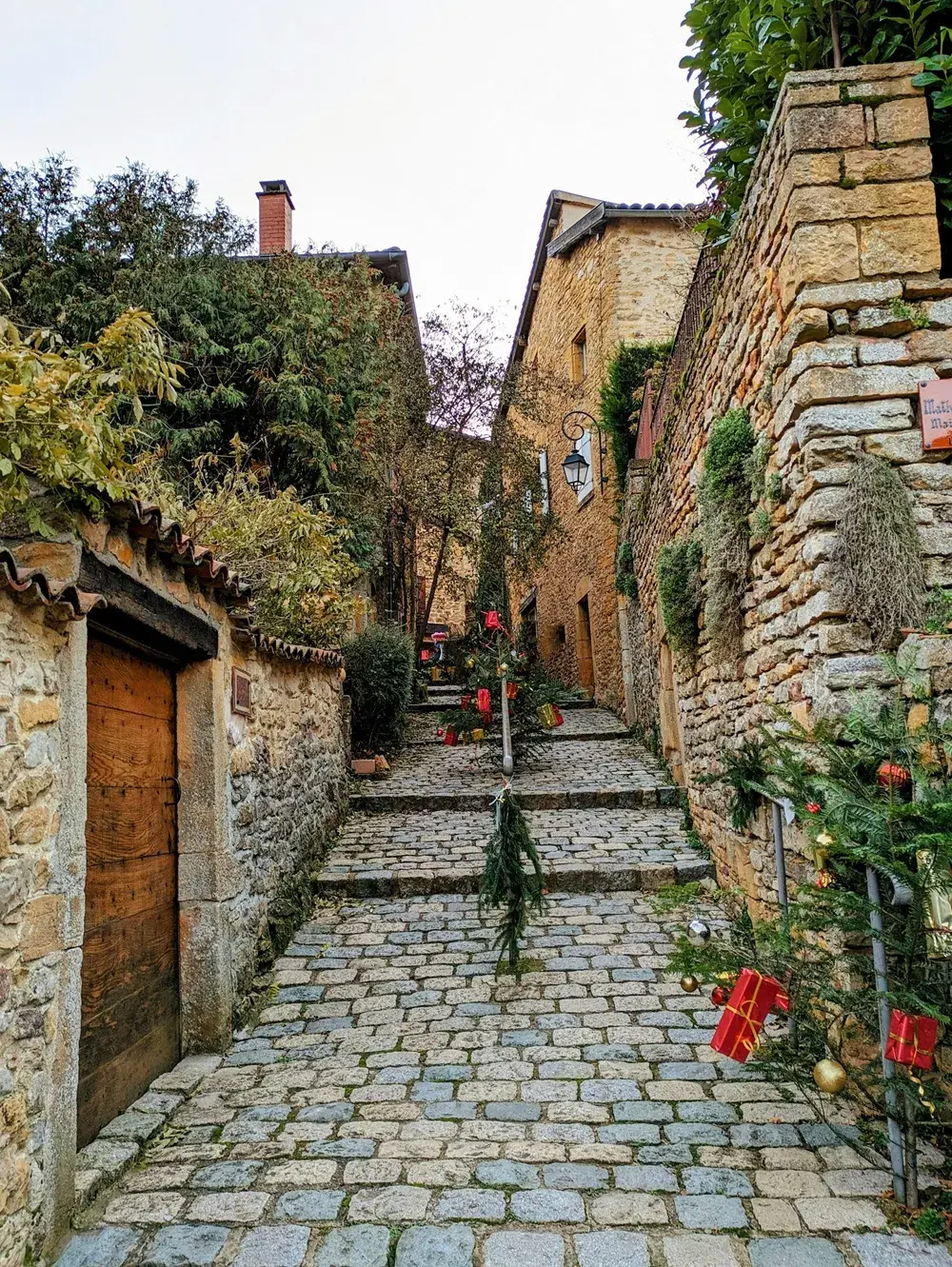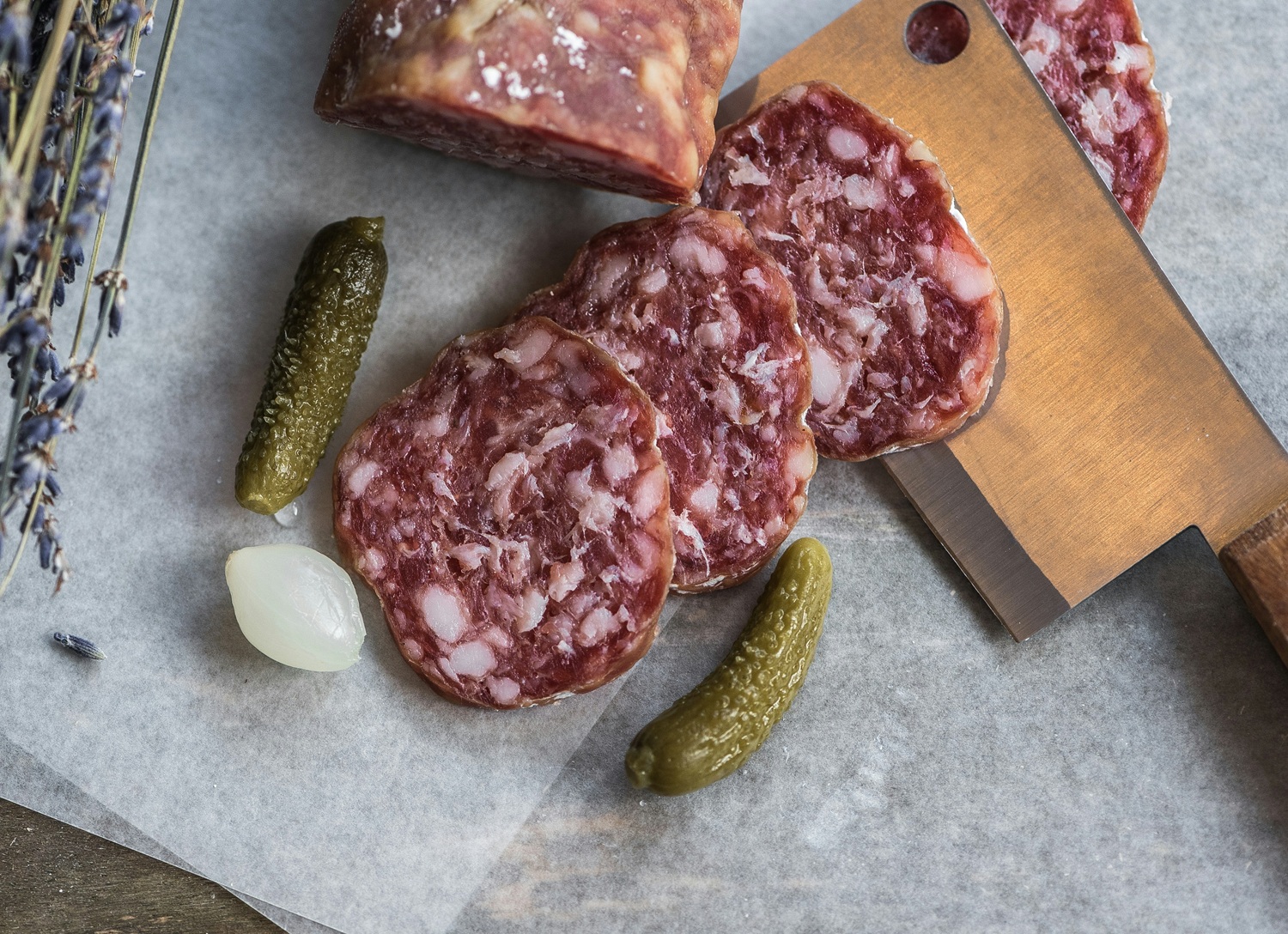
Every year, on the third Thursday of November, France vibrates to the rhythm of a tradition that is at once popular, convivial and deeply rooted in its heritage: the arrival of Beaujolais Nouveau.
In bars, wine cellars, estates and even in many countries around the world, people open the first bottles of a young, fruity and vibrant wine, celebrated as a symbol of sharing.
But where does this tradition really come from?
Why is Beaujolais Nouveau so fascinating?
And above all: how can you turn it into a unique travel experience, even if you missed the official celebration night?
Welcome to a journey through terroir, history, anecdotes and travel ideas.
Contrary to what one might imagine, the Beaujolais Nouveau celebration has not always existed.
Until World War II, the primeur wine of Beaujolais was consumed locally, directly at the estate, just after fermentation.
Locals and winemakers tasted this young wine to judge the quality of the vintage — a simple and convivial ritual.
When Parisians who had taken refuge in the south during the war returned to Paris, they brought back with them the tradition of the “new wine.”
It was a decisive moment: Beaujolais left its home region to conquer the capital.
A decree in 1951 officially authorised the sale of “Beaujolais Nouveau” before December 15.
The phenomenon began to take shape.
Winemakers and wine merchants challenged each other:
who would get their Beaujolais to Paris the fastest?
Newspapers reported on it, bars played along, and a festive atmosphere took hold.
In the 1970s, the iconic slogan appeared:
The celebration became national, then global.
Today, Beaujolais Nouveau is celebrated in over 110 countries, from Japan to Canada.

Even if you can't be there on the official date, no problem:
👉 Beaujolais Nouveau can be enjoyed throughout late November and early December, everywhere in France.
Even if you missed the first tapping of the barrels, you can still:
Beyond the official date, Beaujolais Nouveau is an atmosphere, a season, a convivial moment that lasts several weeks.
Beaujolais Nouveau is made exclusively from Gamay noir à jus blanc.
A unique, very fruity grape known for:
The secret of Beaujolais Nouveau lies in its winemaking method.
Result:
Result:
💡 Beaujolais Nouveau is a wine meant for immediate pleasure, to be enjoyed young, while its freshness is at its peak.

Even if you’re not visiting during the official celebration, the region is stunning all autumn and early winter.
Built from ochre stone, they take on a golden glow at sunset: Oingt (listed among the Most Beautiful Villages of France), Ternand, Theizé, Alix, Charnay, Bagnols, Belmont-d’Azergues
Perfect for:
Beaujolais Nouveau is the perfect wine for:
✨ simple dishes,
✨ convivial moments,
✨ meals with friends or family.

Even if you couldn’t be there on the third Thursday of November:
💡 Late November to early December is the best time to taste it across France:
Beaujolais Nouveau becomes a delicious excuse to travel, rediscover French cities and savour the season.
And to extend the experience, OIQIA accommodations welcome you in more than 30 destinations, perfect for cultural and gourmet escapes.
Beaujolais Nouveau is not just a wine.
It is a celebration, a symbol, a shared moment… and an invitation to explore a beautiful region.
Whether you’re a wine lover, a history enthusiast or simply seeking a joyful moment, November and December are the perfect months to discover the new vintage — wherever you are in France.
Cheers — and happy discoveries! 🍷✨
Find all the latest tourism news, our offers and travel advice, and lots of gifts and surprises!